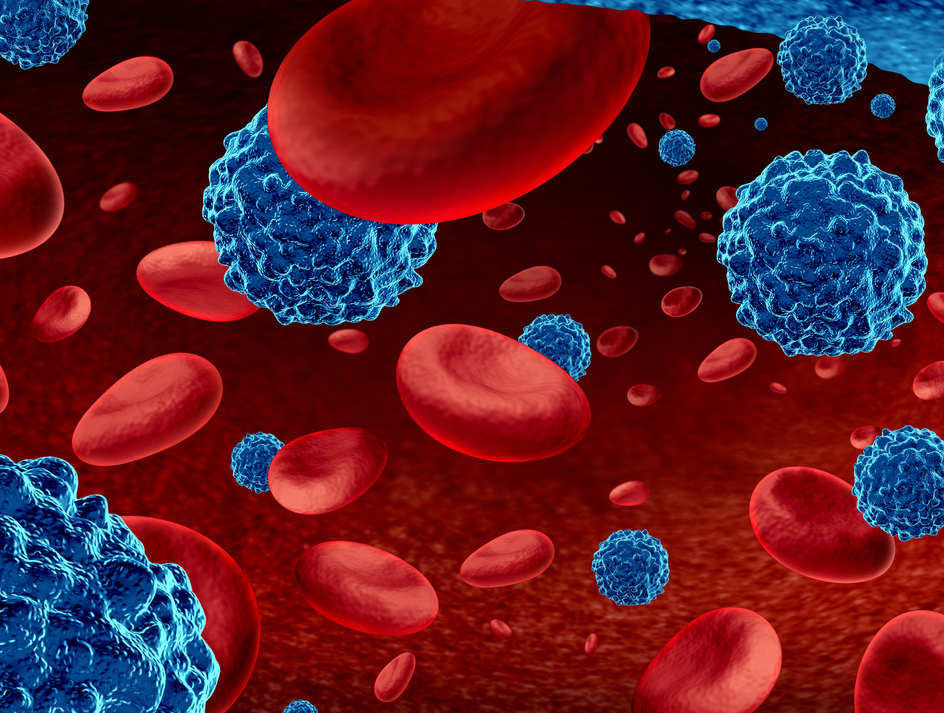
Recently Diagnosed or Relapsed? Stop Looking For a Miracle Cure, and Use Evidence-Based Therapies To Enhance Your Treatment and Prolong Your Remission
Multiple Myeloma an incurable disease, but I have spent the last 25 years in remission using a blend of conventional oncology and evidence-based nutrition, supplementation, and lifestyle therapies from peer-reviewed studies that your oncologist probably hasn't told you about.
Click the orange button to the right to learn more about what you can start doing today.
- You are here:
- Home »
- Blog »
- Multiple Myeloma »
- Is MRD Negative the Goal?
Is MRD Negative the Goal?

Should the goal of newly diagnosed myeloma patients be to reach MRD negative status? According to the second study linked below, achieving MRD negative status allowed MM patients to discontinue therapy until they relapse. Meaning, once the patient reaches MRD negative status, more toxicity (chemo) will do little good and may expose the patient to serious side effects.
What does MRD negative mean?
MRD negativity in the context of multiple myeloma refers to Minimal Residual Disease negativity. Minimal Residual Disease refers to the small number of cancer cells that may remain in the body after treatment for multiple myeloma. Achieving MRD negativity means that the level of remaining cancer cells is so low that they are undetectable or present at a level below the threshold of current testing methods.
In multiple myeloma, MRD testing is often performed using sensitive techniques such as
- flow cytometry,
- polymerase chain reaction (PCR),
- or next-generation sequencing (NGS).
These tests can detect very low levels of abnormal plasma cells in the bone marrow or other tissues.
The goal of achieving MRD negativity is to assess the depth of response to treatment. It’s associated with better long-term outcomes and may indicate a deeper and more complete remission. MRD negativity is becoming an important endpoint in clinical trials and a measure of treatment success in multiple myeloma, helping clinicians evaluate the effectiveness of therapies beyond traditional response criteria like complete response or partial response.
This regimen is a lot of toxicity. Not all newly diagnosed MM patients will be able to withstand the aggressive chemo cocktail of Isatuximab (isa, Sarclisa) combined with carfilzomib (Kyprolis), lenalidomide (len; Revlimid), and dexamethasone (dex; isa-KRd).
Meaning toxicity of this regimen may cause side effects that necessitate a reduction of chemo or even a therapy holiday for a time. The clinical trail began with 50 patients yet was able to evaluate only 45 patients so I have to presume that 5 patients (10%) dropped out due to adverse events.
However,
- if you can withstand this chemo cocktail for 4 treatment cycles, you have a 43% chance of becoming MRD negative-
- if you withstand 8 treatment cycles, you have a 64% chance of reaching MRD negative status-
I am not saying that NDMM patients should undergo lots and lots of toxicity (chemo) in hopes of reaching MRD negative status. My own conventional therapies left me with a host of short, long-term and late stage side effects.
I’m saying that if the NDMM patient does reach MRD negativity, then, according to research, there is little to be gained with more toxicity immediately and lots of risks.
Have you been diagnosed with multiple myeloma? What stage? What symptoms are you experiencing? Let me know.
David.PeopleBeatingCancer@gmail.com.
Thanks,
David Emerson
- MM Survivor
- MM Cancer Coach
- Director PeopleBeatingCancer
Isa-KRd Produces 100% ORR in Small Newly Diagnosed Multiple Myeloma Cohort
“Isatuximab (isa, Sarclisa) combined with carfilzomib (Kyprolis), lenalidomide (len; Revlimid), and dexamethasone (dex; isa-KRd) elicited an objective response rate (ORR) of 100% in patients with transplant-eligible, newly diagnosed multiple myeloma with or without stem cell transplant (SCT)…
Among 45 patients evaluable for response after 4 treatment cycles, ORR was 100%, with
- 89% achieving VGPR or better and
- 36% achieving CR, and, of those,
- 43% being MRD-negative.
Following C6/C8, the ORR,
- CR, and VGPR or better were 100%,
- 64%, and 96%, respectively,
- with 66% being MRD negative…
Isatuximab has been previously approved by the Food and Drug Administration (FDA) in combination with carfilzomib and dexamethasone, as well as in combination with pomalidomide and dexamethasone, for the treatment of adults with previously treated relapsed or refractory multiple myeloma…
Minimal residual disease response-adapted therapy in newly diagnosed multiple myeloma (MASTER): final report of the multicentre, single-arm, phase 2 trial
“For patients with newly diagnosed multiple myeloma, reaching minimal residual disease (MRD) negativity after treatment is associated with improved outcomes; however, the use of MRD to modulate therapy remains elusive. We present the final analysis of the MASTER trial of daratumumab, carfilzomib, lenalidomide, and dexamethasone (Dara-KRd) therapy in patients with newly diagnosed multiple myeloma, in which MRD status is used to modulate treatment duration and cessation…
Interpretation

